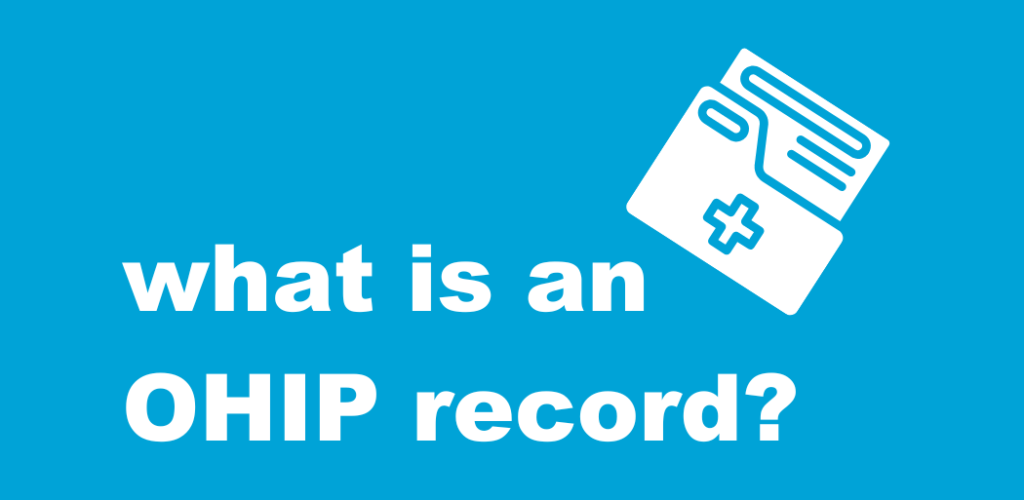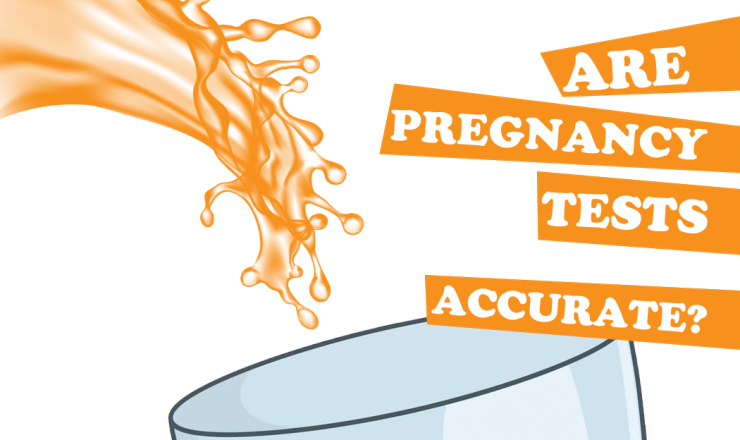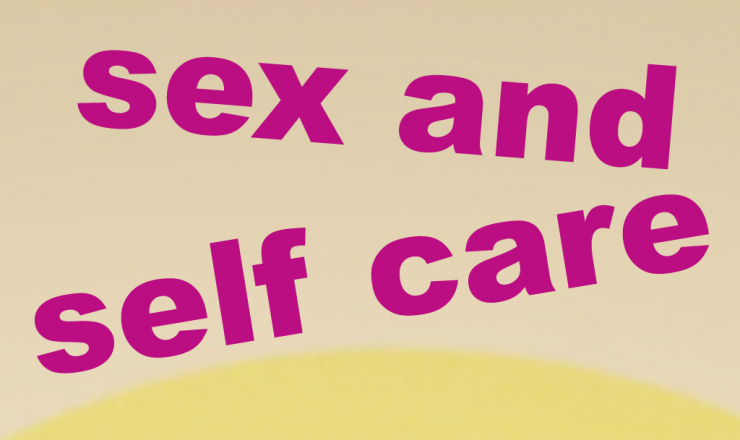

Concerned about who can look at your health records? If you’re using OHIP, then you have protections against people looking at your health records, even family members and guardians. Consider this a more in-depth look at OHIP records specifically, as a follow up to this FAQ about parents accessing health records.
The Ontario Health Insurance Plan, or OHIP, is a health plan provided by Ontario that pays for many health services. An OHIP record, also known as a personal claims history, is a record of claims paid by OHIP. In other words, it contains information about the healthcare services that you have used OHIP to cover. Claims are requests for payment made to an insurance provider, in this case by a healthcare provider for the care they’ve provided. If you are insured by OHIP and have used it to pay for medical services, then your OHIP record will show basic information about these services. This will be the date of services, the person who performed the services, and where these services took place. The amount of information provided depends on which report is requested, either the limited or full personal claims history.
You or someone who is your Substitute Decision Maker can access your OHIP record. An Ontario health card number is necessary to access an OHIP record. A Substitute Decision Maker is someone who makes healthcare decisions for someone who does not have the capacity to make these decisions themselves. Canadian law dictates that a person has “capacity” to make a decision if they understand the information and consequences relating to the decision. People who don’t have capacity include younger children and infants. In addition, people with intellectual disabilities are susceptible to having their legal capacity questioned, tested, and removed by others.
Substitute Decision Makers are either appointed by law or in the case where none has been appointed, the person who is ranked highest on the following list:
If you are a child who is under 16 years old, you can access your own record. A parent, member of a Children’s Aid Society, or another person who can act in the place of the parent can also access your record except in two cases. One case is when the record contains information about treatment that you have consented to on your own. In this case, nobody can make a request except yourself. You also have the ability to decide whether you want your personal health information relating to the treatment to be collected, used, and disclosed. For example, in the case of operations like abortions that you don’t want a guardian to see, they will not be able to legally request a personal claims history since you consented to the operation, not them.
The other case is when you have the capacity to make a request and do not want the other person to make a request. Capacity here means the same as above. If you understand what a personal claims history is, then you have capacity. In this case, people can’t request your personal claims history for you if you don’t want them to. This is helpful if you want to stop your guardian(s) from accessing your personal health record without revealing that you have undergone any treatment by yourself without their consent.
If a person does not have legal authority to access your Personal Claims History and makes a request anyway, then they have violated the Personal Health Information Protection Act, 2004.
The people mentioned above can submit a request for an OHIP record through the online form provided by the Ontario government. The form reiterates the information above about who can access the record and under what circumstances. They will have to check how they are related to you as well as reaffirm that they are legally allowed to access your record and that they’d be committing a legal offence if not. More information about accessing your record can be found here:
The Ministry of Health will process requests within 30 calendar days. It does not cost anything to submit a request.
At the top of your report, it will include your health number, which is the ten digit number on your Ontario health card, full name, and the claim period, which are the dates that include the claims in the list.
Then there will be a chart where each row is a claim and its associated details. The headings of the chart will be different depending on whether you are reading a Full Personal Claims History or Limited Personal Claims History.
The Limited Personal Claims History will only provide the dates of services and the information of the healthcare provider. From this information, it is not immediately obvious what the claims are for. However, the record includes CPSO numbers of the healthcare provider, which can be used to search up the healthcare provider’s contact information, which includes their location and phone number, and sometimes their area of specialization.
The Full Personal Claims History will include more information. It includes the same information as a limited personal claims history but also details about the clinic, referring physician, specialist, and hospital if applicable. These details are limited to names, codes, and municipalities. It also has the fee paid to the healthcare provider.
It will also include a short description of the service as well as an FSC code corresponding to it. This code can be interpreted through a document called the Schedule of Benefits, which is publically available through the Ontario government’s website. The information in the Schedule of Benefits requires knowledgeable interpretation, and it is mainly meant for those in the professional healthcare community. This means that even if someone does get a hold of your record, it’s not guaranteed that they know what the code refers to. The Full Personal Claims History will not include any specific chart records or notes, just the information needed for billing the insurance.
If you are under 16, then your parent or guardian can make a request for your personal claims history unless the record has information on treatment that you’ve consented to yourself or you disagree with them accessing your record. If you are 16 or over, then only you can access your personal claims history as long as you have the capacity to understand your decision. Your rights to privacy are protected. If anyone tries to access your health records without your consent, then they are committing an offence against the Personal Health Information Protection Act, 2004.
If anybody does find your OHIP record, then they’d see limited information relating to the healthcare provider for each service. If they see a Full Personal Claims History, then they’d also see a short description of the service as well as the clinic, physician, and fee.
If you have questions about this topic, feel free to contact one of our peer educators. [Link]
Last Updated: April 2024

Aside from getting your period, pregnancy tests are the only way to know for sure if you’re pregnant or now. But are at-home pregnancy tests accurate? Yes! They are!

It’s International Self-Care Day! We hope you got yourself something special to celebrate the occasion (and yourself)! Self-care is a really big topic on its own, so we want to focus in on how you can incorporate self-care into your sex life.